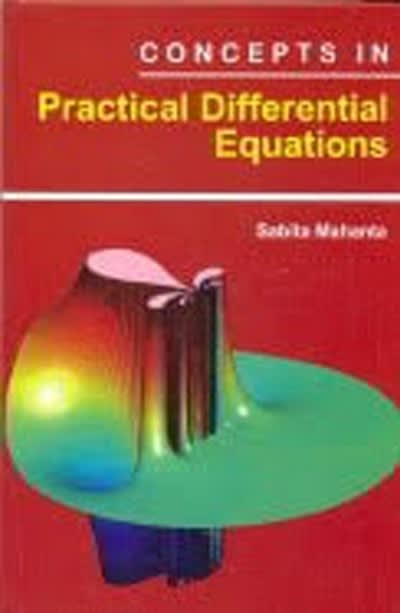Inactivity sample distribution.
Define statistics Choose the correct answer bolow, O A. Statistics is the science of collecting, organizing, summarizing, and analyzing information to draw a conclusion and answer questions, In addition, statistics is about providing a measure of confidence in an condusions. OB. Statistics encompasses all scientific disciplines in which random occurrences are analyzed. In addition, statistics references any random occurrence which is reported using percentages or proportions. Q C. Statistics encompasses all scientific disciplines in which percentages are used, data are analyzed, and probabilities are found. In addition, statistics references any mathematical model which is reported us Percentages of proportions, O D. Statistics is the sidence of manipulating, reorganizing, and editing information to produce the doured results. In addition, statistics is about providing the required answer with the doured laval of confidenceTable Text Shape Media Comment 8 ACTIVITY Activity . Answer the following questions: . What do you think is the major difference between descriptive and inferential statistics? . Provide an example that utilizes both descriptive statistics and inferential statistics Chapter 13 - Nuts and Bolts of Quasi-Experiments LO1. Choose an appropriate Gaussian surface: explain in words what your Gaussian surface looks like and make a clear sketch of your Gaussian surface together with the sketch of the cylinder. Gaussing surface 2. For each point of your Gaussian surface, explain if/where the electric field vector is perpendicular, parallel, or at some other angle with respect to this surface. 3. Calculate the total electric flux through your Gaussian surface. 4. Calculate the total charge enclosed Qenel in your Gaussian surfaceA point charge is placed at the center of spherical Gaussian surface. The electric flux is changed if: O the sphere is replace by cubic shape Gaussian surface of same volume O the sphere is replace by cubic shape Gaussian surface of smaller volume O The point charge is moved off the center but still inside the spherical Gaussian surface O The point charge is moved outside of the spherical Gaussian surface O a second point charge is placed just outside of the Gaussian surface










